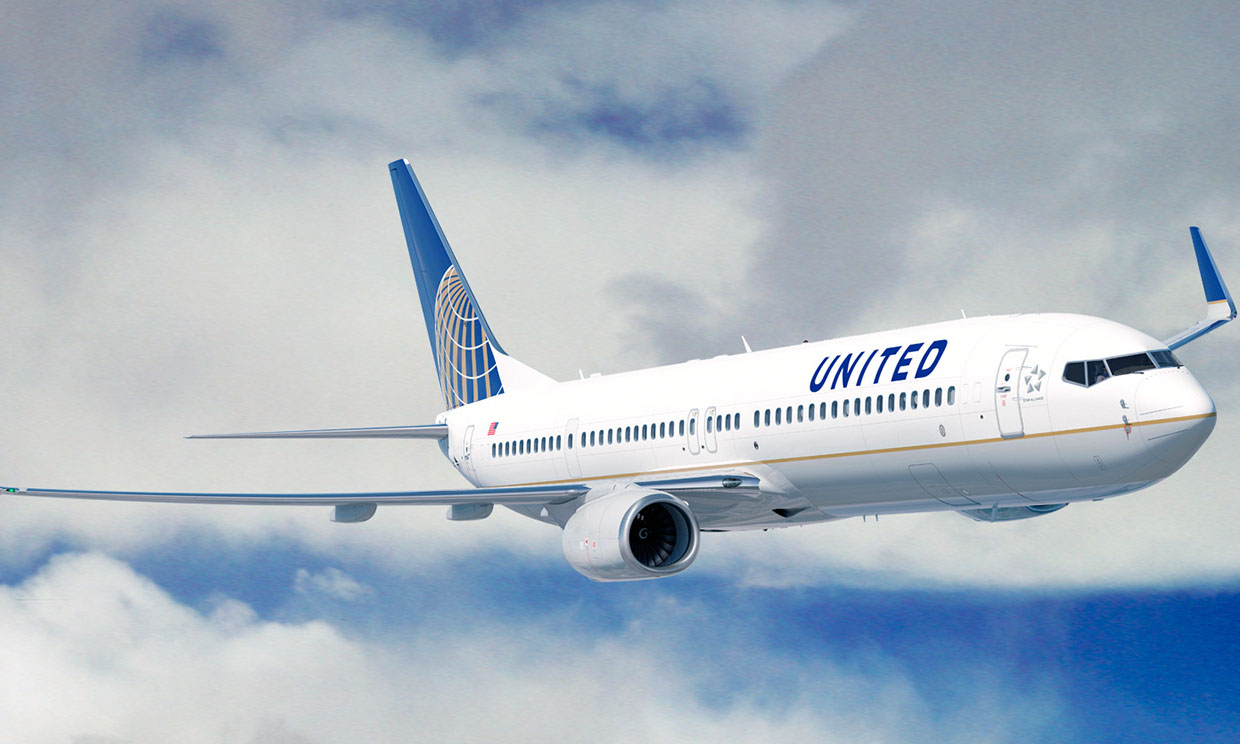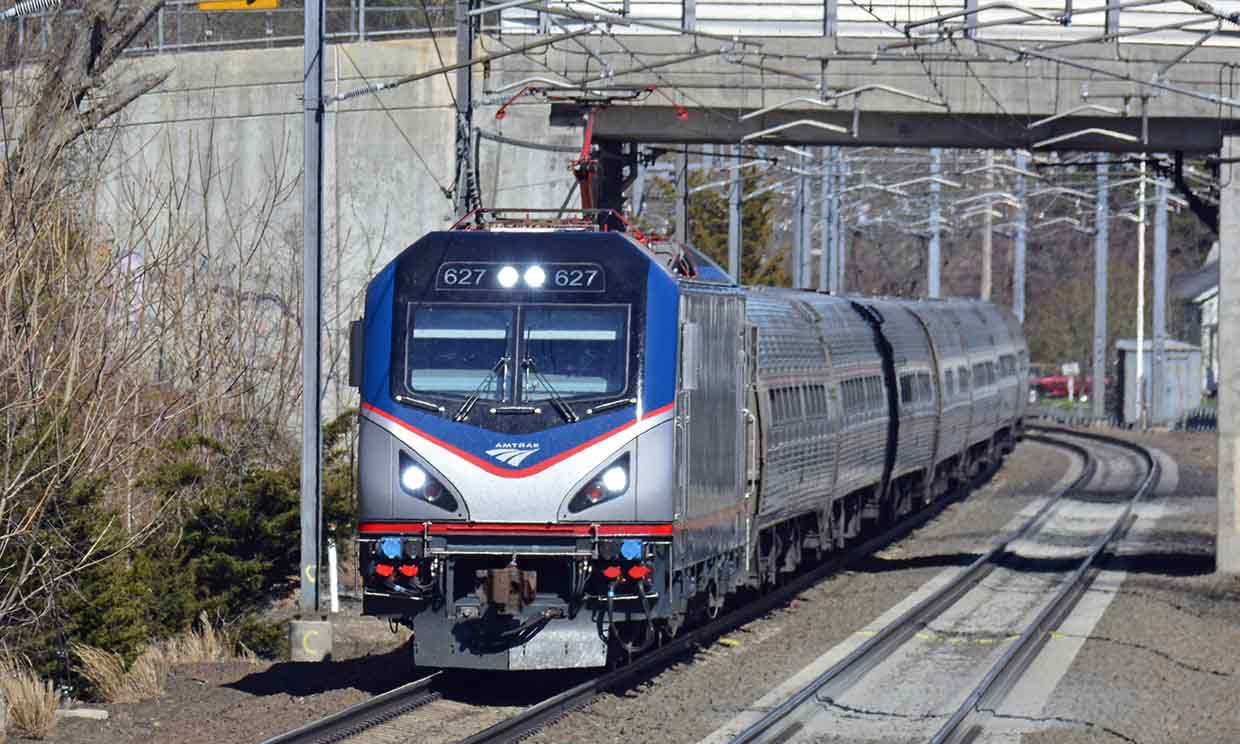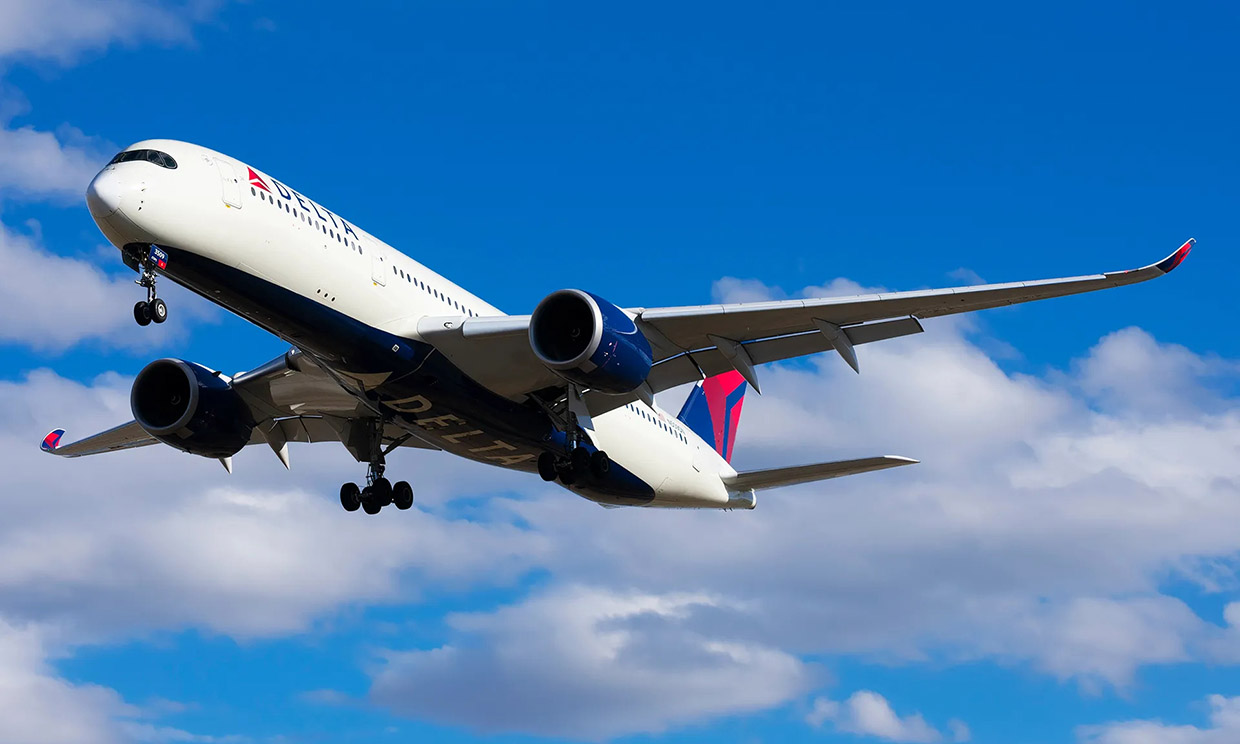Every time I plan a trip to Ottawa, I find myself sipping coffee while intensely wrestling with various flight routes in front of my computer screen. Ottawa may not be Canada’s busiest international hub, but it easily ranks as one of the most charming and inviting cities—especially in mid-to-late autumn, when Parliament Hill is beautifully bathed in the glow of golden leaves. However, choosing the wrong flight can quickly turn what should be a smooth and pleasant journey into a frustrating and stressful ordeal.
Today, I’m excited to share everything I’ve learned through my own travel experiences about flying to Ottawa from major North American cities: including the best direct flight routes, which airports and connections you should definitely avoid, and practical tips that will help you land smoothly and start your trip on the right foot in Canada’s gentle and dignified capital.
Why Choosing the Right Flight Is More Important Than a Shorter One
Many travelers assume that since Ottawa is located close to Toronto or Montreal, connecting through one of these cities is a simple and convenient choice. But in reality, such plans often lead to frequent flight delays, long customs lines, and chaotic terminal experiences that can be overwhelming. I have personally missed connections in both New York and Chicago, endured hours of waiting in under-equipped and crowded terminals, and even been forced to book last-minute hotels when flights were unexpectedly canceled.
Compared to these frustrating scenarios, opting for a slightly longer but direct flight on a reliable airline is often a far better overall experience. In the following sections, I’ll provide a detailed breakdown of the best direct flight options city by city, and share common transfer mistakes and pitfalls I hope you will be able to avoid on your own journey.
Direct Flight Recommendations and Pitfalls from U.S. Cities
New York (JFK/LGA/EWR) – Direct Flights Available, but Choose Carefully
New York’s three major airports offer multiple daily flights to Ottawa, particularly from JFK and Newark (EWR) with United Airlines and Delta.
- Recommended Airline: United Airlines (EWR → YOW), flight time approx. 1 hour 35 minutes, several daily departures
- Advantages: Departing from EWR tends to be smoother, with efficient customs and well-organized facilities
- Avoid: LaGuardia (LGA), which despite renovations still suffers from frequent delays and chaotic transfers. JFK is large and busy, with unpredictable gate changes and poor ground transit, especially during rush hour.
Chicago (ORD) – The Most Reliable Midwestern Option
O’Hare International Airport is a key hub for U.S.-to-Canada travel, especially from the Midwest.
- Recommended Airlines: United Airlines and Air Canada both offer direct daily flights
- Flight Time: About 2 hours
- Avoid: Late-night flights are particularly vulnerable to delays or cancellations. Midday departures offer the highest reliability and weather stability.
Washington D.C. (IAD) – Capital to Capital Convenience
- Recommended Airlines: Air Canada and United Airlines provide direct service
- Flight Time: About 1 hour 30 minutes
- Highlights: Dulles is a well-equipped international airport with relatively efficient customs clearance and smooth overall operations.
Boston (BOS) – Light Connection from the East Coast
- Flight Info: Air Canada operates 1–2 daily flights with a generally reliable schedule
- Flight Time: About 1 hour 50 minutes
- Caution: Boston is prone to heavy snow and storms from late November to January, which can severely disrupt travel plans.
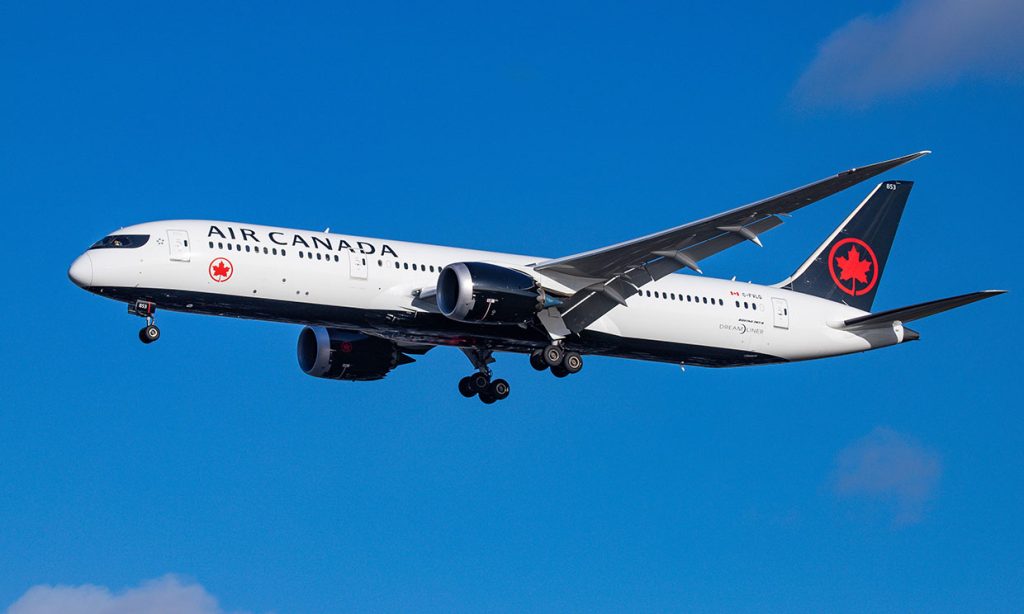
Recommended Flights from Canadian Cities
Toronto (YYZ) – Frequent Flights, But High Risk of Delay
- Flights: More than 10 direct flights daily from both Air Canada and WestJet
- Flight Time: Only 1 hour
- Caution:
- Pearson Airport is Canada’s busiest, and connection times can vary wildly
- If connecting from an international flight, allow at least 3 hours
- Luggage often gets mishandled or delayed, so pack light or use tracking tags
Montreal (YUL) – Close Neighbor with Pros and Cons
- Flight Features: Multiple daily departures, flight time just 40 minutes
- Pros: Only 200 km from Ottawa, this is the fastest connection available
- Cautions:
- Some routes include a mix of bus + short-haul flights instead of true direct service
- Heavy snowfall in winter can cause delays or cancellations
- Often uses small aircraft with limited legroom and comfort
Recommended Flights from Western Canadian Cities
Vancouver (YVR) – Scenic Route and Smoothest Western Link
- Recommended Airline: Air Canada, with 1–2 direct flights per day
- Flight Time: About 4 hours 30 minutes
- Highlights:
- Stunning views over the Rockies from your window seat
- Vancouver’s airport is modern, efficient, and extremely traveler-friendly
- Caution: Arrive early—YVR is busy during morning and evening rush hours
Calgary (YYC) / Edmonton (YEG) – Underrated but Efficient
- Flight Schedule: Typically 1 flight per day, or 1 every other day, usually by Air Canada
- Best For: If you’re already starting your trip in Alberta, these routes save time
- Caution: With so few flights, any weather or technical delays can mean same-day cancellations. Always monitor flight status on the day of travel.
Avoiding Common Air Travel Pitfalls
Over time, I’ve learned several hard-won lessons about flying to Ottawa. Here are some of my key tips for a smooth journey:
- Don’t chase low fares from obscure airports
Some budget tickets route through small or less-equipped U.S. airports like Newark Liberty West, Milwaukee, or Detroit, which only offer one daily flight to Ottawa. These airports often lack efficient transfer facilities, and delays or cancellations there can cause major headaches with limited alternatives, making rebooking difficult and stressful. - Choose early or midday flights
Flights departing between 7–9 a.m. or 2–4 p.m. generally have better on-time performance and fewer weather-related disruptions. Avoid late-night or red-eye flights, especially if you need to connect, as Ottawa’s smaller airport offers limited options for rebooking or catching alternate flights if connections are missed. - If transferring across borders, prioritize Air Canada
Air Canada’s U.S.-Canada routes provide the valuable advantage of pre-clearance, allowing you to complete Canadian customs and immigration before boarding your flight in the U.S. This streamlines your arrival process significantly, saving time and avoiding long lines upon landing in Ottawa.
- Avoid third-party “mix and match” bookings
Booking combination tickets through aggregators like Expedia or Skyscanner can seem economical but often involves separate airlines that don’t coordinate schedules. If one segment is delayed or canceled, the following airline usually won’t accommodate you, leaving you stranded. Whenever possible, book directly with a single airline to ensure better protection and support.
Tips for Arrival at Ottawa International Airport
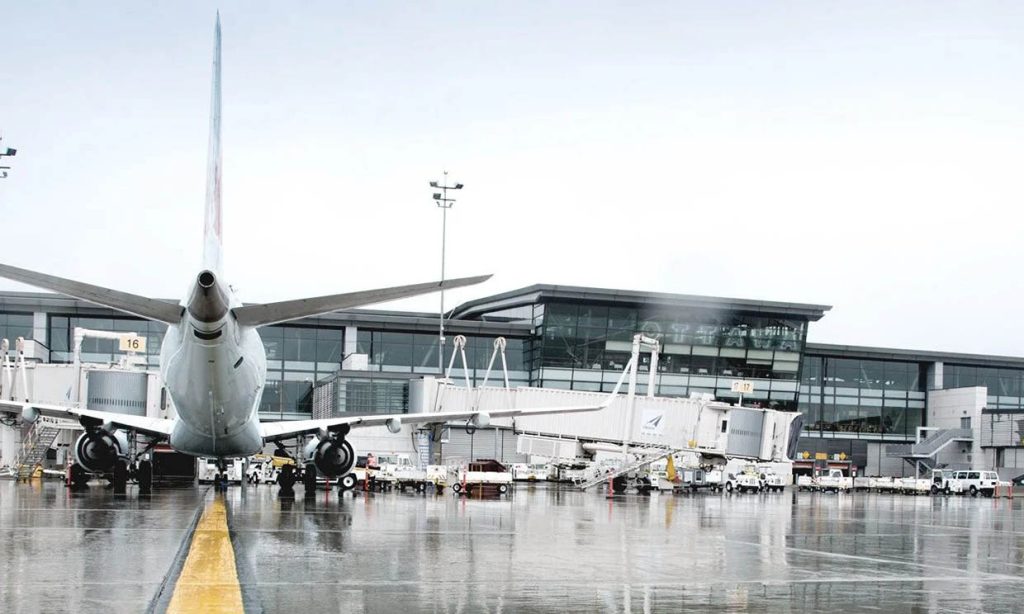
Ottawa Macdonald–Cartier International Airport (YOW) is relatively small compared to major hubs but is equipped with modern facilities, making your arrival experience generally smooth and hassle-free. The airport layout is easy to navigate, with clear signage and helpful staff available throughout.
- Customs: If you flew from the U.S. with pre-clearance, you will have already completed Canadian customs and immigration procedures before boarding your flight, so upon arrival in Ottawa, you can bypass the usual lengthy processing lines. This significantly speeds up your entry and reduces wait times, allowing you to start your trip more quickly.
- Getting to downtown: Taxis from the airport to downtown Ottawa typically cost around CAD $40, offering a convenient and direct route. Alternatively, Uber rides generally range between CAD $25 and $30, often providing a more affordable option with easy app-based booking. For budget-conscious travelers, OC Transpo’s Route 97 bus service runs regularly from the airport to the city center, providing a reliable and economical way to reach downtown within about 40 minutes.
- SIM cards or eSIM: The airport features vending machines and kiosks where you can purchase local SIM cards or eSIM plans immediately upon arrival. This is especially useful for tourists needing mobile data for navigation apps, ride-hailing services, or staying connected with friends and family right after landing, without the hassle of searching for a store later.
A Journey Begins with the Way You Arrive
I’ve always believed that how you start your journey greatly influences the entire travel experience. The moment you land and step off the plane sets the emotional tone for everything that comes after. If your arrival is chaotic, stressful, or delayed, it can cast a shadow over even the most breathtaking destinations, dampening your excitement and energy. Ottawa may not be the loudest or busiest city you’ve ever visited, but it has a calm, thoughtful, and culturally rich atmosphere that deserves to be appreciated fully. Choosing the right flight, ensuring smooth connections, and steering clear of problematic transfers are essential first steps to help you align with Ottawa’s uniquely graceful and welcoming rhythm from the very beginning of your trip. This mindful approach to travel planning transforms your arrival into a seamless transition, allowing you to immerse yourself in the city’s charm and character without unnecessary hassle.
